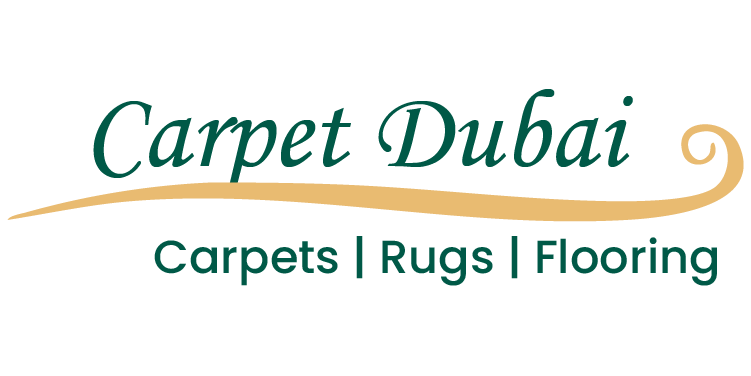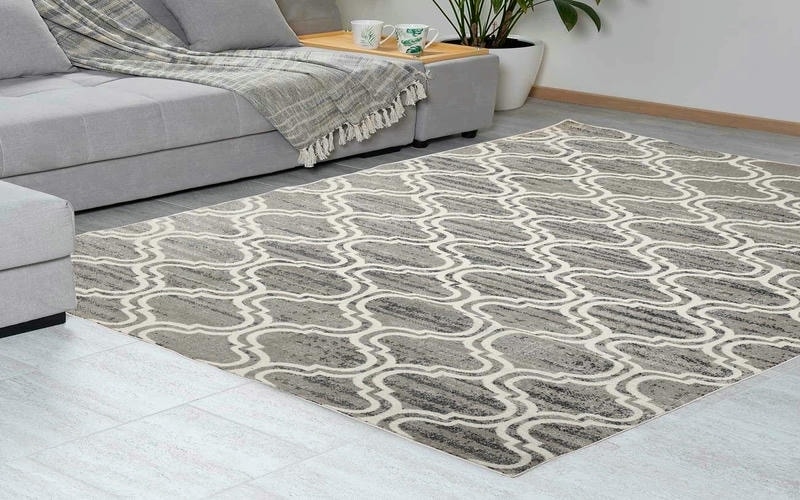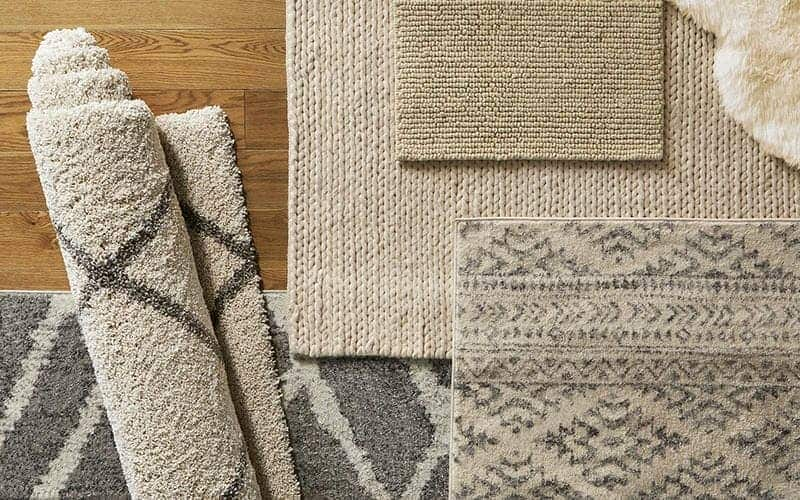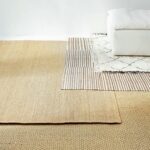Rug weaving is an ancient art that has been passed down through generations. Rugs have always been a part of home decor, whether for aesthetic or functionality. Ancient people used them to keep the floors warm and comfortable. People today use carpet and rugs as a style statement that enhances the interior decor. There are many types of area rugs in Dubai that you can invest in to improve your interior aesthetic. For premium quality and authentic designs, Carpet Dubai is a trusted source. Besides adding style to your living space, these high-quality area rugs also provide safety, comfort, and warmth to the floors.
7 Types Of Area Rugs For An Elegant Interior Decor
Let us have a look at some of the most popular area rug types that you can buy for your homes.
1. Flatweave Rugs
Flatweave rugs, also known as kilims and dhurries, are a rug type that has no pile. These rugs feature a warp and weft weave that creates a flat surface. The intertwining of yarn creates beautiful patterns that are also reversible. These rugs are woven by hand as well as made on looms. People favour these rugs because of their simplicity and easy maintenance. Oriental flat-weave rugs are known as kilims, which originate from Turkey and Iran. Dhurries also have a flat weave, and they are produced in Pakistan and India.
Flatweave rugs don’t shed because of their lack of pile. They usually contain geometrical and diagonal patterns and are very affordable. Persian Rugs and Turkish kilims are a popular choice to decorate living rooms, kitchens, and bathroom floors. Wool is the most common variety of material used for weaving these rugs. Some rugs have both warp threads and weft threads of wool, whereas some feature wool wefts and cotton warps. Silk rug is another common type used for flatweave area rugs.
2. Hand-knotted Rugs
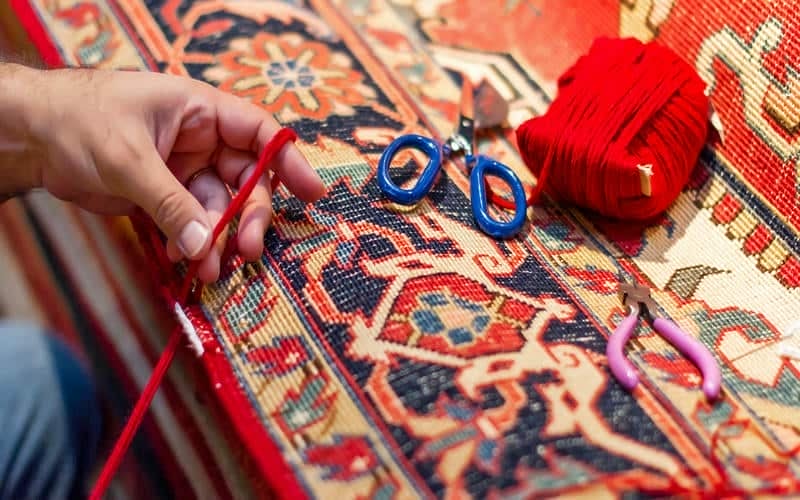
Hand-knotted Rugs are one of the most luxurious forms of floor decor. These rugs are woven with such intricacy and detail that they leave you speechless. Hand-knotted rugs feature thousands of knots per square inch (KPSI). These knots are woven by hand, and they create beautiful geometric designs and intricate patterns. A single piece of hand-knotted rug with an average number of KPSI can take months to come to life.
If you are looking for a regal floor rug that is unique in its beauty, hand-knotted rugs are the best bet. These rugs are a long-term investment, and no two rugs can be exact duplicates. The hands of artisans don’t follow a sequential pattern, which only adds to their beauty and value. Hand-knotted area rugs and Turkish rugs are some of the most favorite items of antique collectors.
Since these rugs demand so much blood and sweat, they also cost a hefty sum. The luxurious appeal of distinct patterns is what sets these rugs apart from all other types of rugs. Oriental rugs are some of the most expensive rugs that exist in today’s world. These silk & wool rugs provide unmatched elegance and beauty, no matter where they are placed.
3. Hand-tufted Rugs
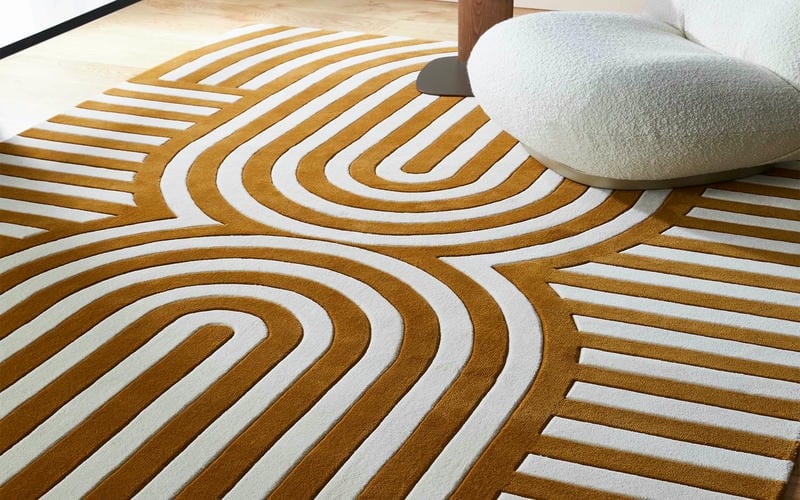
Hand-tufted rugs are created with a small tool called a tufting gun. These rugs are made with a unique technique that involves punching natural fibers of silk & natural wool fibers through a canvas. The canvas is stretched on a frame, and the tufting gun punches the yarn into any desired pattern.
The thing about hand-tufted rugs is that people often confuse them with hand-knotted rugs because of their tight weave. But you can differentiate the two by checking out their backs. Hand-tufted area rugs have a latex backing, whereas hand-knotted area rugs have the traces of the knots on their back.
Tufted area rugs are a budget-friendly option that goes well with all interiors. These natural fiber shaggy rugs are stylish and give a plush feel to your floors. For areas that get heavy foot traffic, like dining rooms, living rooms, and hallways, these rugs are an excellent choice.
4. Machine-made Rugs

As the name indicates, machine-made rugs are made in factories. These rugs are mass-produced, and thousands of rugs feature the same abstract design and pattern. Factory-made rugs are an accessible option if you are on a budget. These rugs are mostly made with a blend of wool and synthetic materials like nylon, olefin, acrylic, and polyester. Sometimes, artificial silk is also used to give them a luxurious touch.
Machine-made rugs are not made with pure wool. Wool and synthetic fibers offer improved resilience and durability. These rugs work well in high-traffic areas and offer stability. The mass production of these rugs is what makes them affordable.
5. Braided Rugs
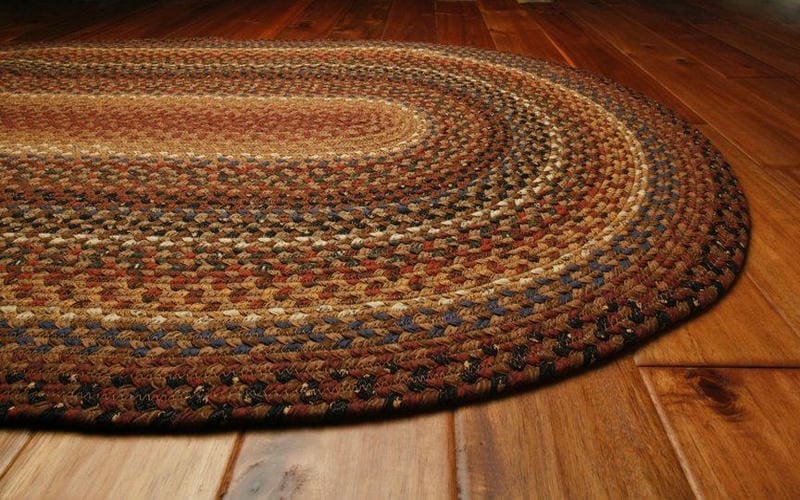
Braided rugs are made by tying yarn together in the shape of a braid. These rugs are perfect for a rustic, boho decor because of their relaxed appearance. Most of the natural materials used in weaving these rugs are wool and cotton. The braid pattern of these rugs makes them reversible, and you can use both sides of a braided rug. These jute braided rugs are available in various geometric shapes, including round and oval, to give your home a chic appearance.
6. Hide Rugs
Hide rugs are a unique option that is not for everybody’s taste. These rugs are made from the outer skin of animals. The variety of patterns and textures of animal skin makes them a distinctly beautiful solution for floor decor. Of course, the animal skin is treated and goes through lots of cleaning so that the only thing left is the leather and the fur on top. Some of the most popular animal skin rugs include zebra hide, sheep skin, cowhide, and cheetah hide.
7. Soumak Rugs
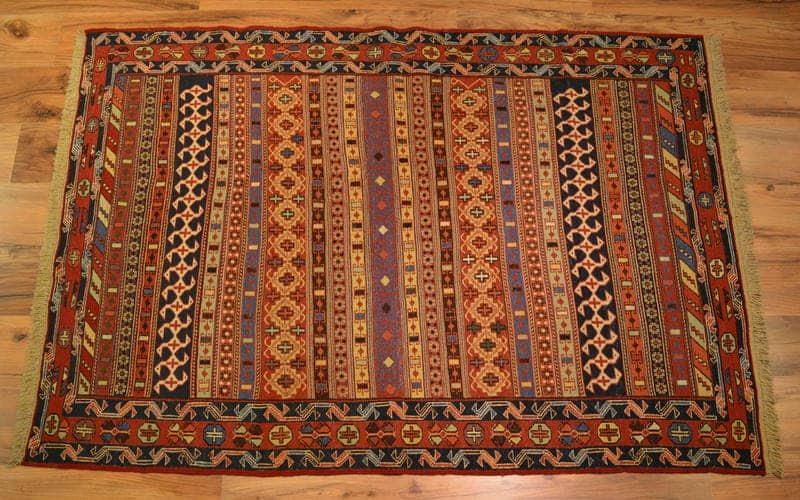
Soumak rugs are another popular type of plush rugs. These rugs have a classic design that is raised above the base and is woven in warp and weft patterns. Soumak rugs are one of the many ancient rug weaving types that create sturdy rugs that are ideal for comfort and warmth. These rugs are much thicker than the regular flatweave rug and also provide more endurance for heavy traffic. If you are looking for a high-quality area rug that provides a blend of style and comfort, soumak rugs are a great choice.
Choosing The Right Size Of An Area Rug
When it comes to choosing a sustainable area rug for your casual spaces, its size matters a lot. Whether you want it in your living area or your bedroom, if you don’t get the size right, the rug will look out of place.
Living Room area rugs usually come in sizes 8 x 10 feet or 9 x 12 feet. When you place an area rug in your living area, all the heavy furniture should be on the rug. If you have a smaller living room or a limited budget, then get a smaller rug. But, it should be big enough so that the front legs of all sofas are on the rug, with the table in the centre.
Bedroom area rugs should be big enough to leave space on all three sides of the bed. Other than the headboard side, you should leave at least 24 inches of rug sticking out on all three sides. For a queen size, the ideal size is 8 x 10 feet, and for a king, 9 x 12 feet is recommended.
You can also get a runner rug for the bedroom. With runner rugs, you must leave at least 3 inches of space between the rug and the wall on either side. Whereas if you place a runner at the foot of the bed, leave at least 12 inches of space between the bed and the rug. This placement usually works well for bigger or medium-sized bedrooms. For smaller bedrooms, you can place the runner underneath the footboard of the bed.
Dining Room area rugs should be the length of the area covered by the dining chairs when pushed back. You can get both rectangular rugs and round rugs, depending on the shape of your dining table.
In Conclusion

If you are looking to add personality and style to your place, an area rug is a great way to do that. The variety of colors and playful patterns enhances the visual appeal and makes your floor comfortable for walking. You can match your rugs with your interiors or choose a rug depending on the kind of aesthetic statement you want to make. From traditional & oriental patterns to geometric patterns, you can go for anything that suits your taste.
